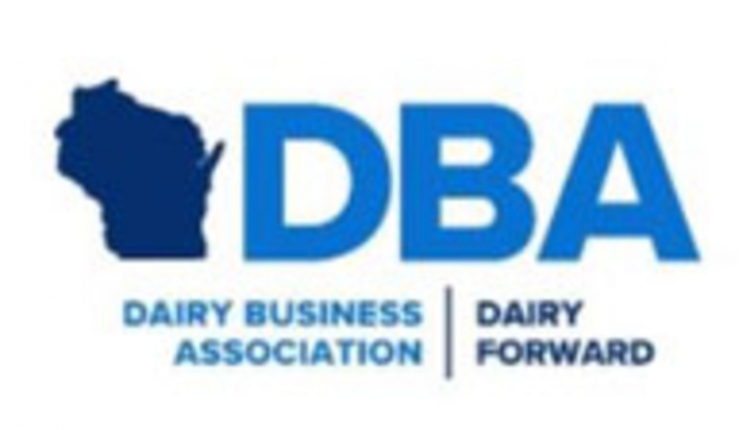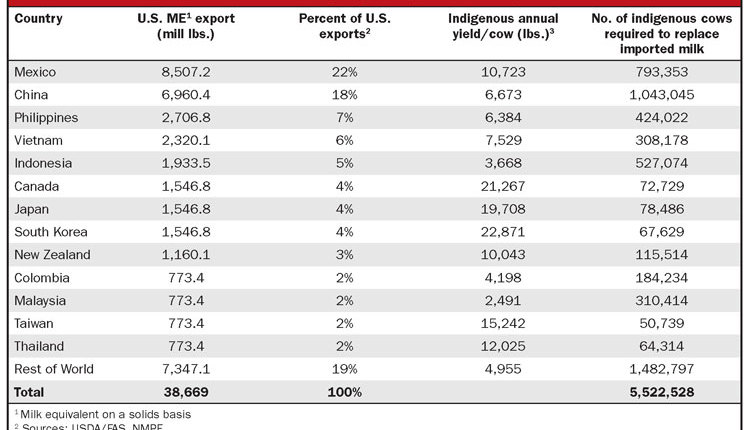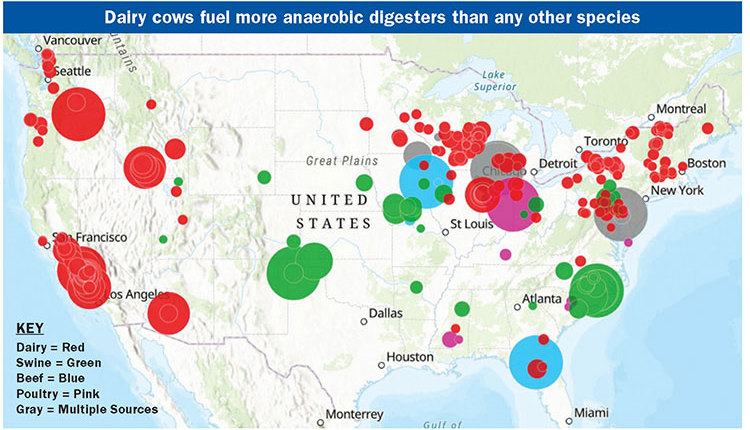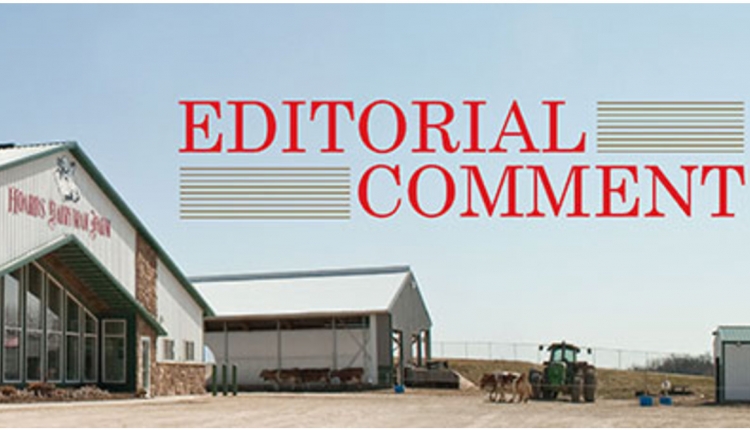
“This means a tremendous amount to us,” a USDEC staffer with nearly two decades of experience shared with a group of American dairy farmers and U.S. cheese exporters while in Japan. “We can now step up our efforts. Please tell the dairy farmers back home, ‘Thank you,’” the sincere staffer continued, clearly deviating from her presentation and speaking from the heart when detailing the next steps of the USDEC marketing plan.
We were firsthand witnesses to that exchange and the stepped-up efforts from USDEC’s international marketing strategists during a trade mission to Asia. Home to some of the world’s largest dairy product importing nations, the U.S. export team is poised to build stronger relationships with people, importers, and companies that all could become partners for many decades to come. That’s crucial as the more established European Union and New Zealand, which rank among the world’s top three exporters, have been focused on this proposition far longer than the U.S.
These resulting relationships with the movers and shakers within these importing countries have already begun to move the sales needle from 15, 16, and now 17 percent. In addition to focusing on strengths such as dairy ingredients and commodity cheese, USDEC has placed a significant investment on artisanal cheese sales in achieving the “Next 5 percent” goal. This category offers the opportunity for name recognition with consumers, retailers, and chefs, along with higher returns when compared to commodity dairy products that are later blended into food recipes.
To be fair, the waters will be choppy as economic issues and trade tensions will make this voyage rough at times. However, if our industry collectively navigates these new sales waters, USDEC will reach its goal of exporting 20 percent of U.S. milk production by 2022. That will be welcomed news for all U.S. dairy farmers as we continually produce more milk each year.











